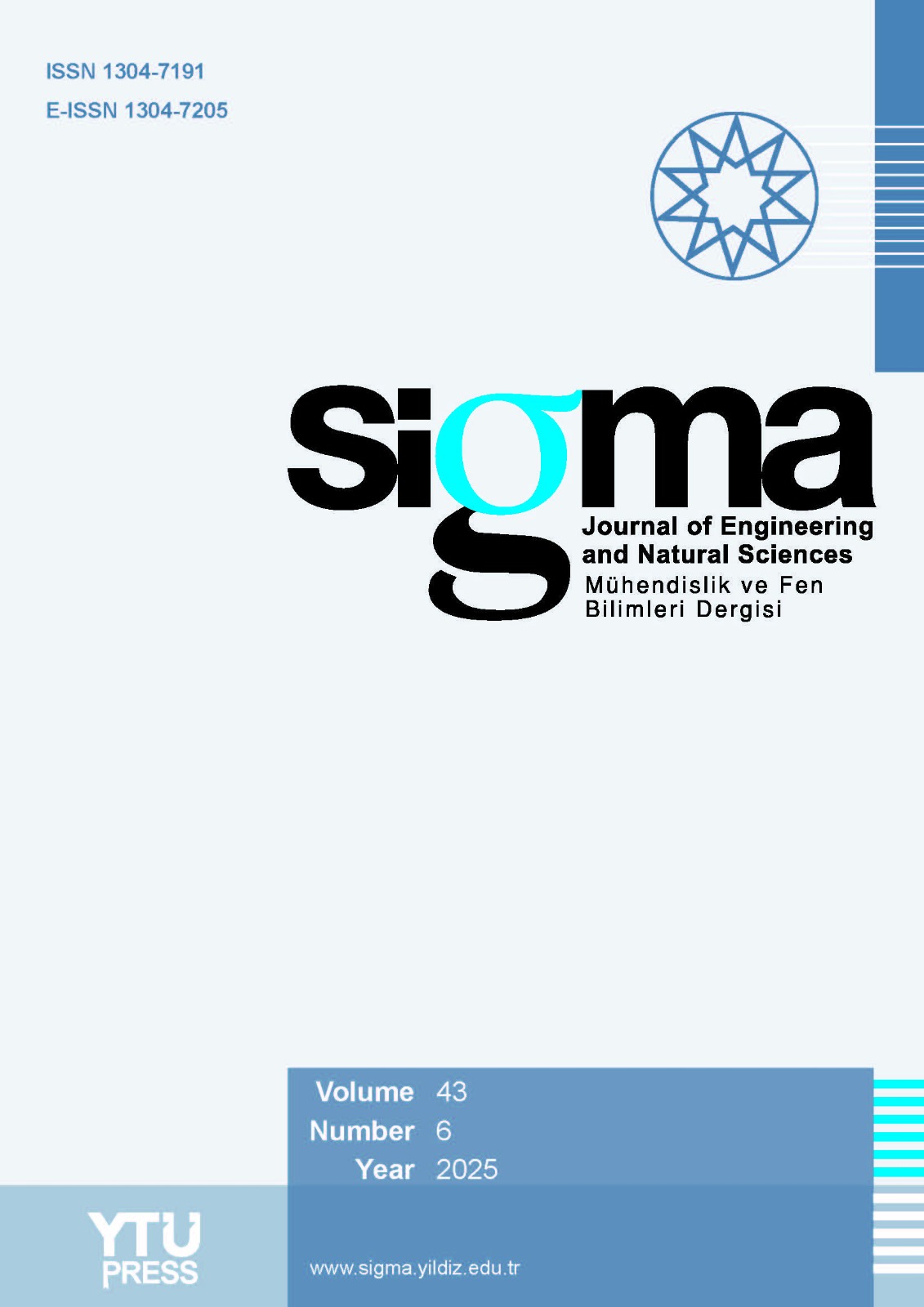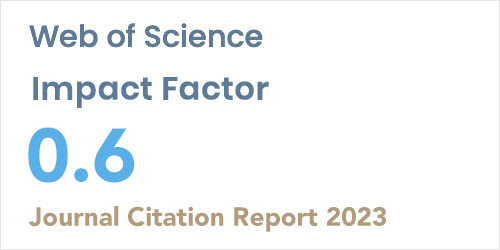2Department of Chemical & Environmental Engineering, Faculty of Engineering, Universiti Putra Malaysia, Selangor, 43400, Malaysia
Abstract
A small portion of the solar energy is transformed into electric power. Residual energy has the potential to heat a solar cell which increases the temperature of the solar panel. An increase in heat rejection (losses) from the solar panel causes the phenomenon of urban heat islands (UHI); therefore, making heat losses at the lowest level of heat rejection to the environment is crucial. In this study, three factors were studied: dust density, wind speed, and wind direction. The methodology of response surface together with rotatable central composite design and full factorial method were utilised to create the work’s experimental design, derive the mathematical model, and determine the ideal circumstances for the work that includes dust density of 1.145 g/m², wind velocity of 0.757 m/s, and wind direction two.














